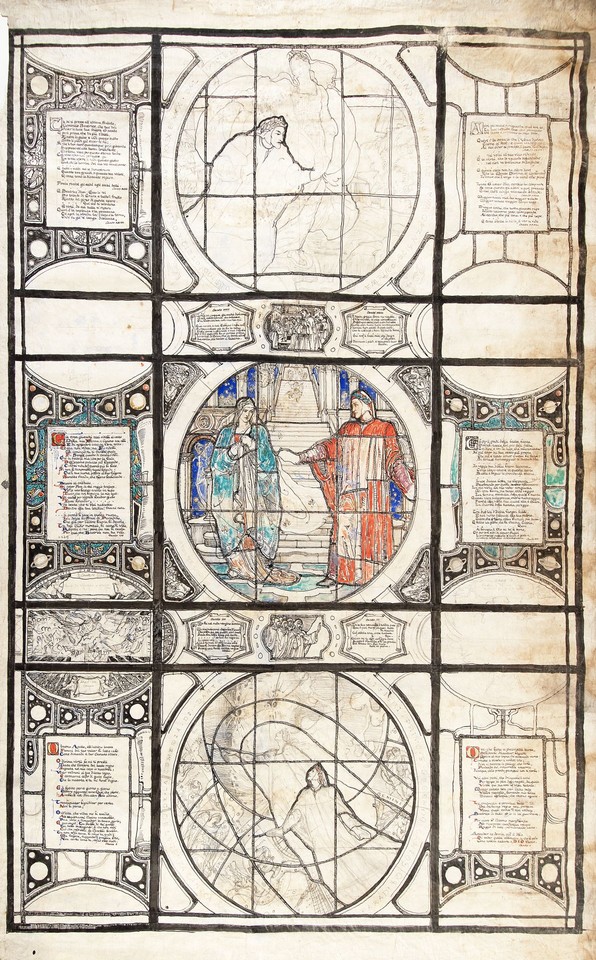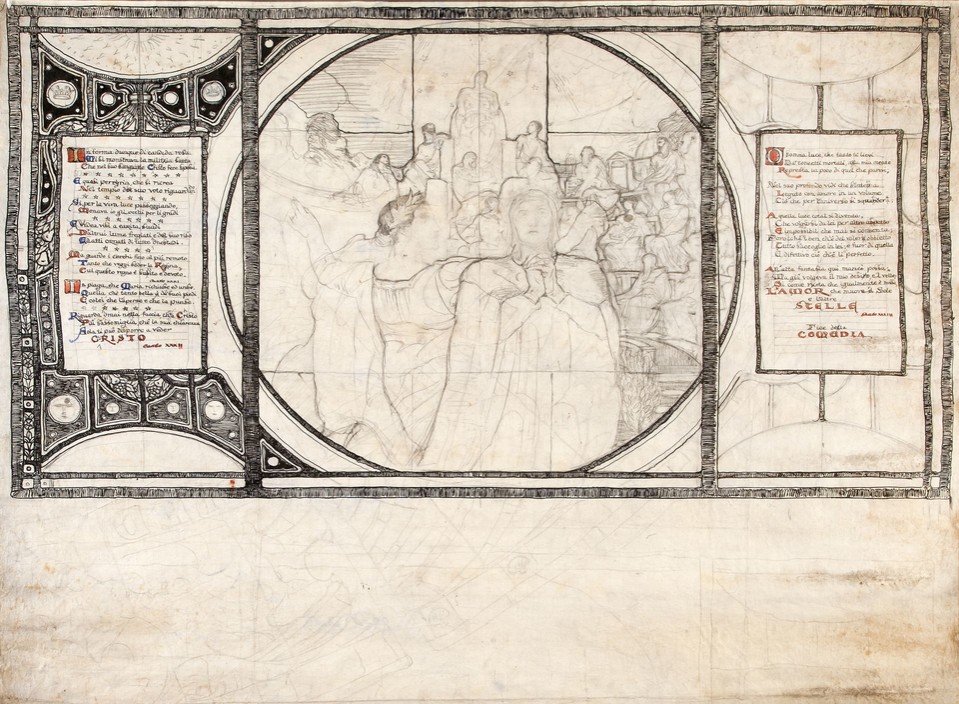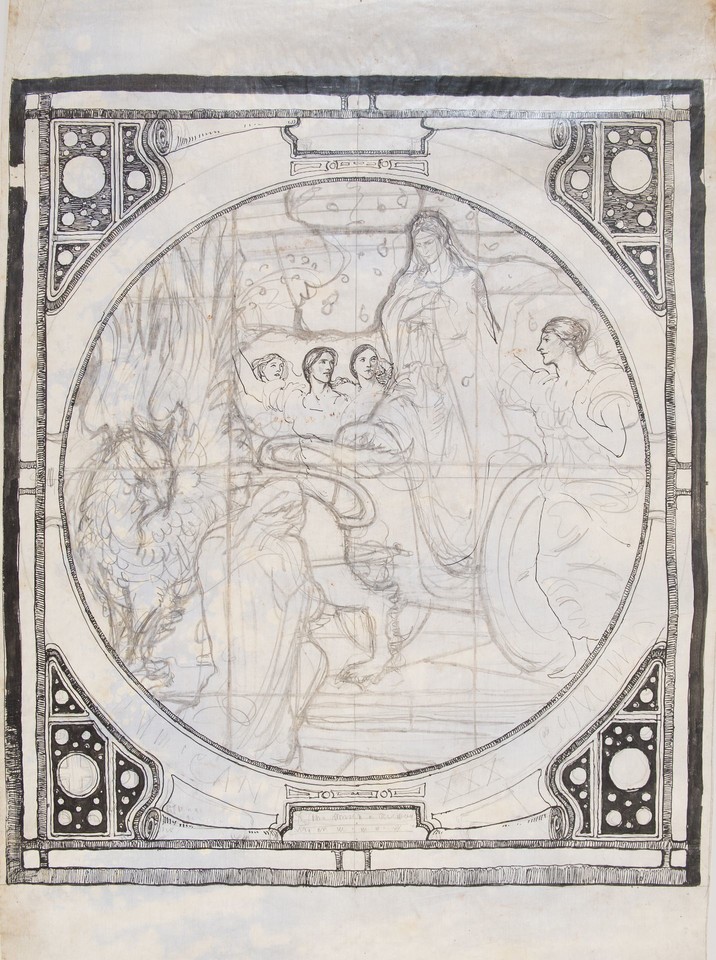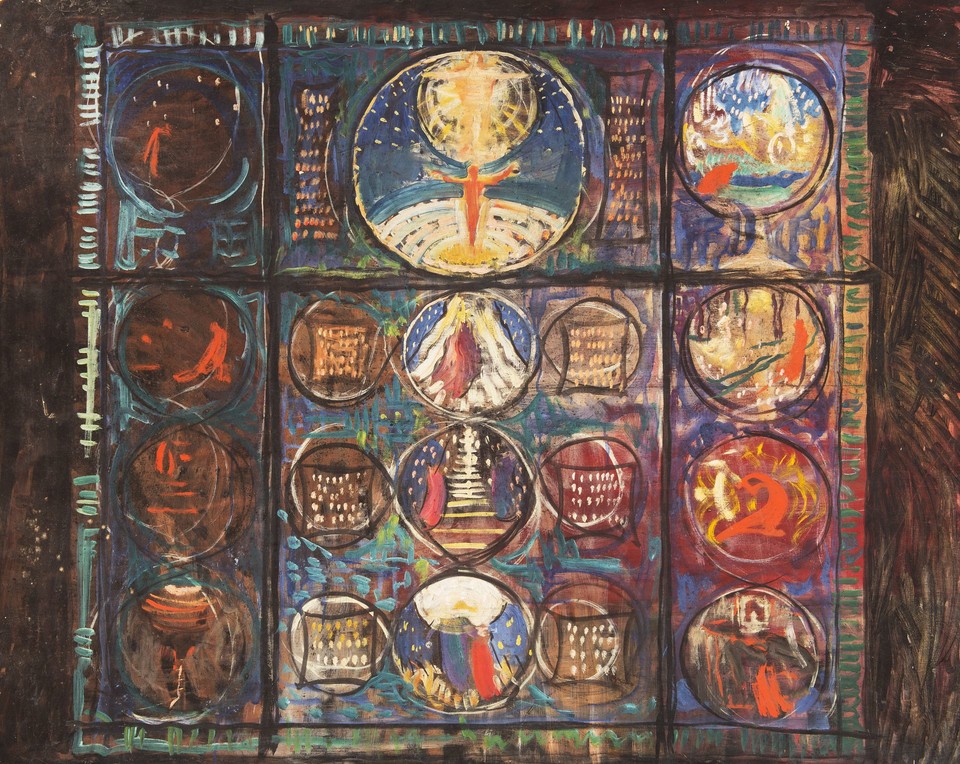Works in Woodmere's Collection

Composition study for Paradiso: "The Divine Comedy of Dante Alighieri" stained glass window, Robert J. Collier House
Stained Glass Windows
View
Composition study for Paradiso: The White Rose and the Tenth Heaven, "The Divine Comedy of Dante Alighieri" stained glass window, Robert J. Collier House
Stained Glass Windows
View
Composition study for Purgatorio: Beatrice, Divine Wisdom, Descends from Heaven Upon the Chariot of the Church, "The Divine Comedy of Dante Alighieri" stained glass window, Robert J. Collier House
Stained Glass Windows
View
Composition study for the "The Divine Comedy of Dante Alighieri" stained glass window, Robert J. Collier House, New York
Stained Glass Windows
View
Composition study for Purgatorio: The Earthly Paradise , "The Divine Comedy of Dante Alighieri" stained glass window, Robert J. Collier House
Stained Glass Windows
View
Composition study for Inferno: Dante Meets the Three Beasts, "The Divine Comedy of Dante Alighieri" stained glass window, Robert J. Collier House
Stained Glass Windows
View






